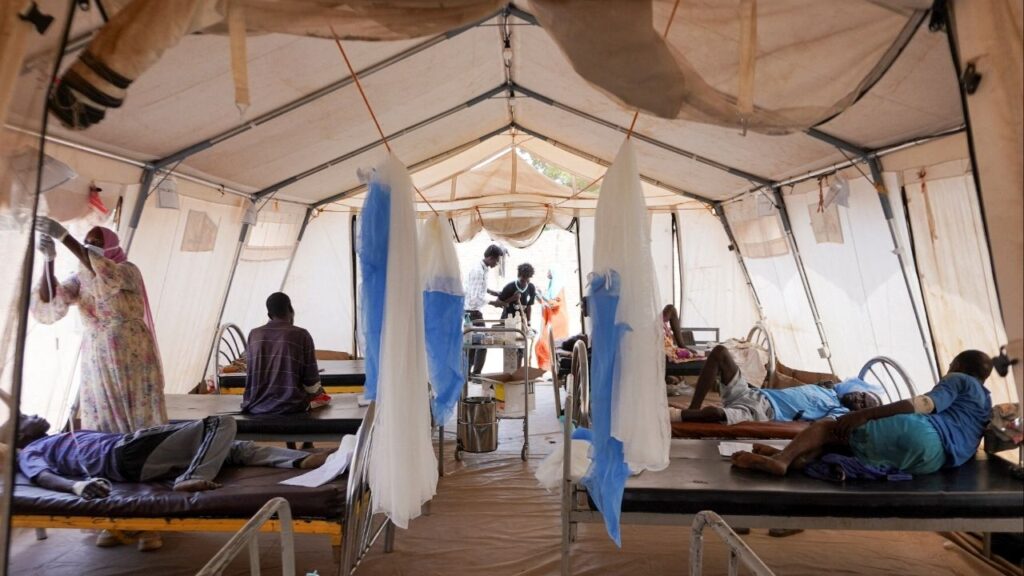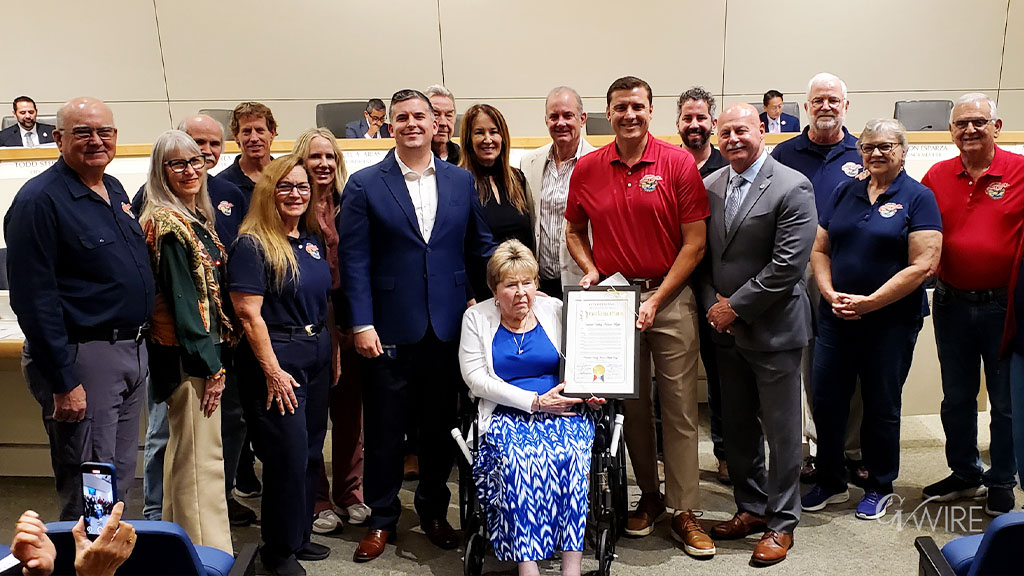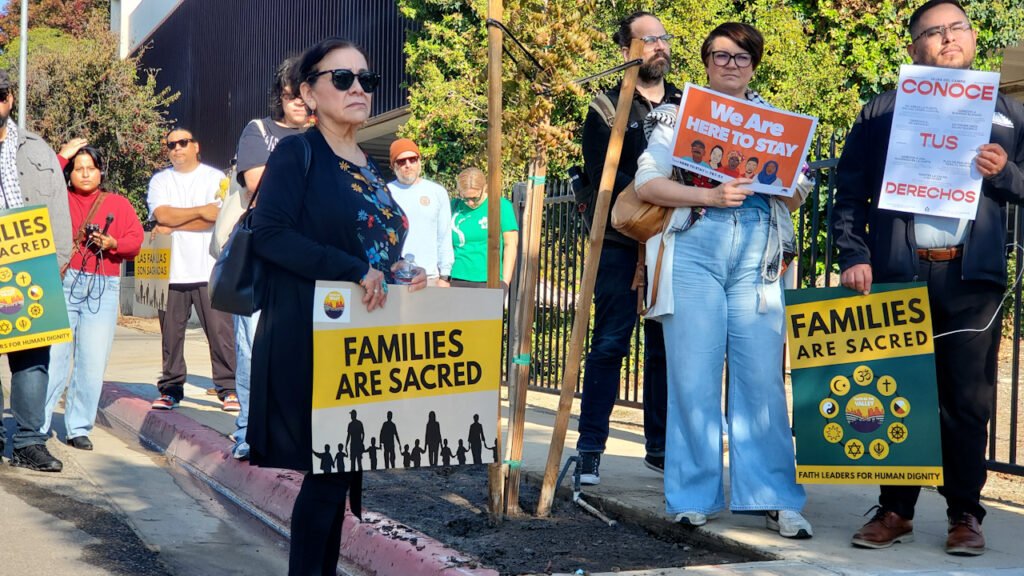After the Supreme Court overturned Roe v. Wade and some states, mainly in the South, banned abortions altogether, many Americans began crossing state lines to get one. (The New York Times)

- Guttmacher data reveals a doubling of out-of-state abortion seekers in 2023 compared to 2019.
- California passed laws fortifying abortion access, welcoming nonresident patients and providers.
- New Mexico saw a surge in nonresident patients, with 71% coming from states with abortion bans.
Share
|
Getting your Trinity Audio player ready...
|
In 2023, the first full year after Roe was reversed, the number of patients traveling out of state for an abortion or to get abortion pills was double the figure from 2019, according to new data from the Guttmacher Institute, a research organization that supports abortion rights. The institute said that nearly one-fifth of all recorded abortions involved interstate travel.
“We’re having people travel hundreds or thousands of miles for a procedure that typically takes less than 10 minutes and can be done in a doctor’s office setting,” said Amy Hagstrom Miller, founder of Whole Woman’s Health, which runs clinics in Maryland, Minnesota, New Mexico and Virginia. “Nobody does that for any other medical procedure.”
California has positioned itself as a safe haven for abortion seekers.
In the past two years, state legislators in Sacramento have passed several laws fortifying access to abortion. The state constitution was amended to guarantee the right to abortion and contraception. California, along with Oregon and Washington, officially declared that abortion patients and providers would be protected from the legal reach of other states.
Last month, Gov. Gavin Newsom signed a bill temporarily allowing Arizona abortion providers to travel to California to provide abortions to their Arizona patients. The move was in response to a possible reinstatement of a 160-year-old near-total ban on abortions in Arizona, through what Newsom called “oppressive and dangerous attacks on women.” (The Arizona Legislature ultimately blocked the ban from going back into effect.)
Related Story: Unanimous Supreme Court Preserves Access to Widely Used Abortion Medication
“California stands ready to protect reproductive freedom,” Newsom said at the time.
The data from Guttmacher shows that 179,610 abortions were performed in California in 2023, which is 19% more than in 2019. About 4% of the 2023 abortions — around 7,000 — were for patients who don’t live in California.
While that is a significant figure, the influx is not as large as some other states have experienced, especially those that neighbor states with abortion bans. (California doesn’t border any state that bans abortion entirely; Arizona now bans the procedure after 15 weeks of pregnancy, an earlier limit than under Roe v. Wade.)
The situation is different in a state like New Mexico, which borders two states — Oklahoma and Texas — that effectively ban abortions. In 2023, more than 14,000 patients traveled there from Texas alone. The total number of abortions performed in New Mexico in 2023 was more than quadruple the figure from 2019, and 71% of the patients were nonresidents.
–
This article originally appeared in The New York Times.
By Soumya Karlamangla/The New York Times
c.2024 The New York Times Company
Distributed by The New York Times Licensing Group




















